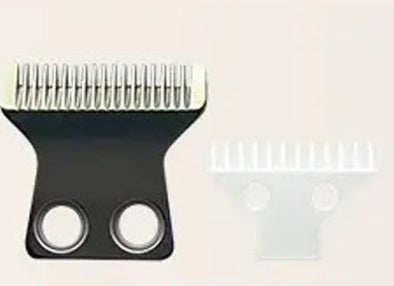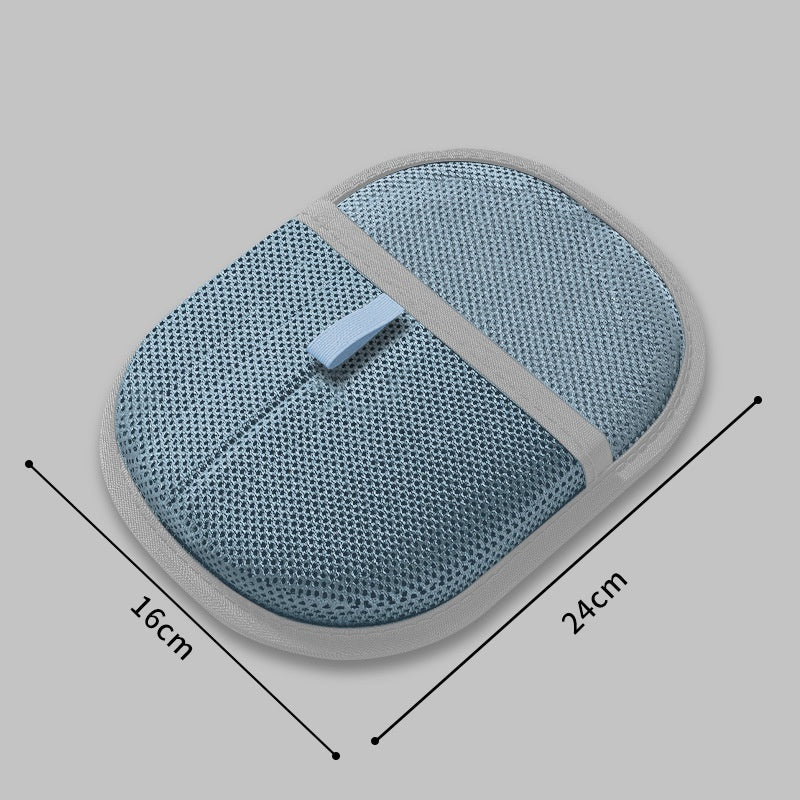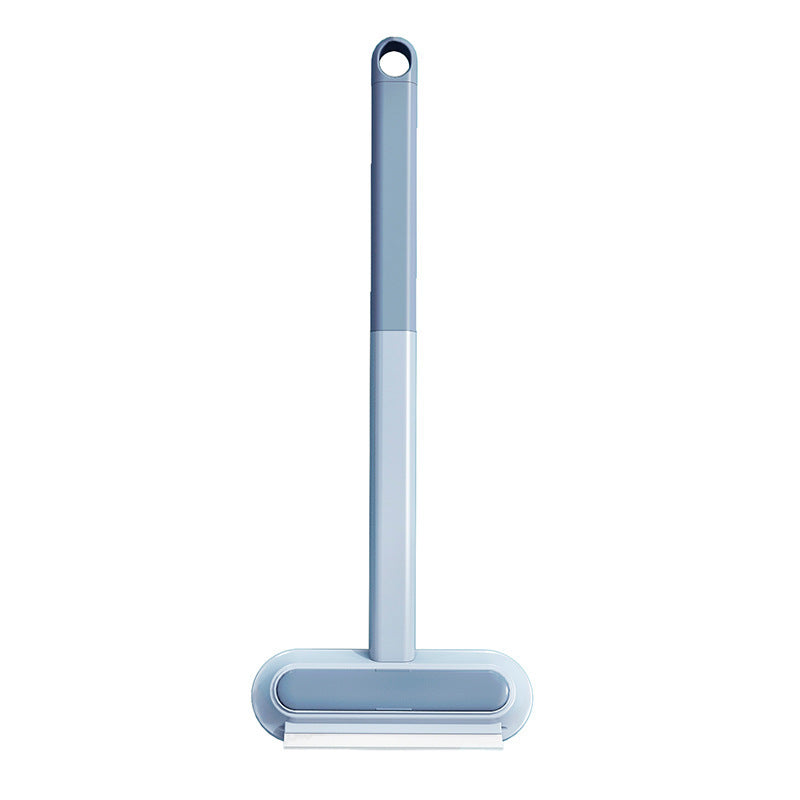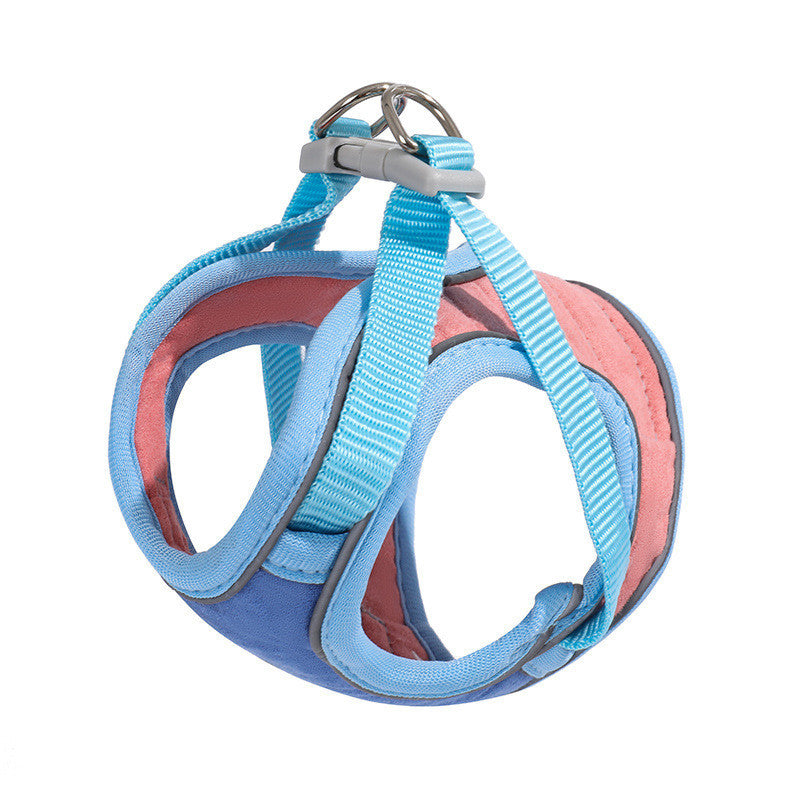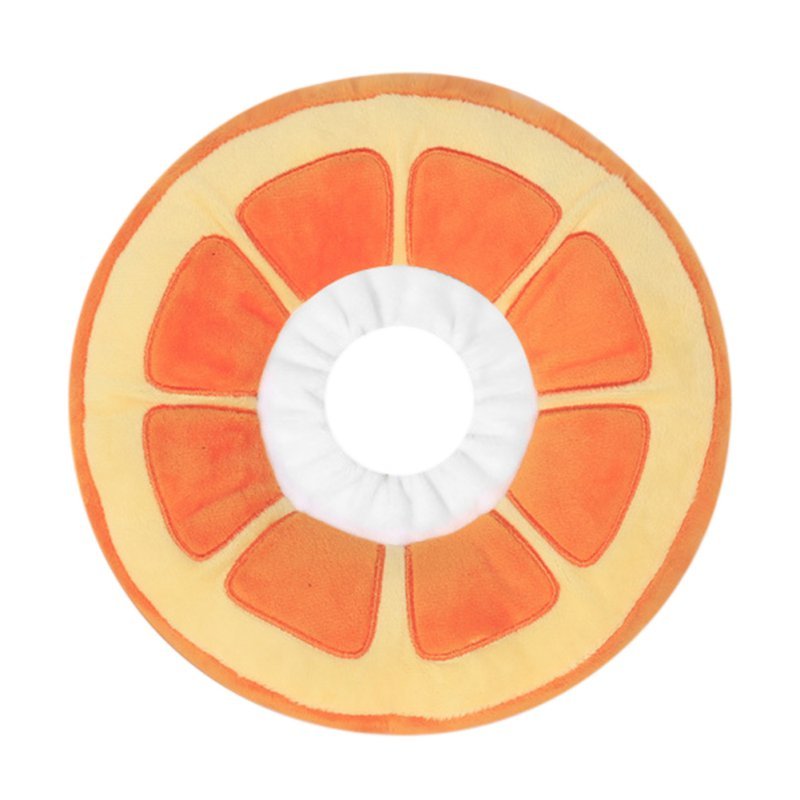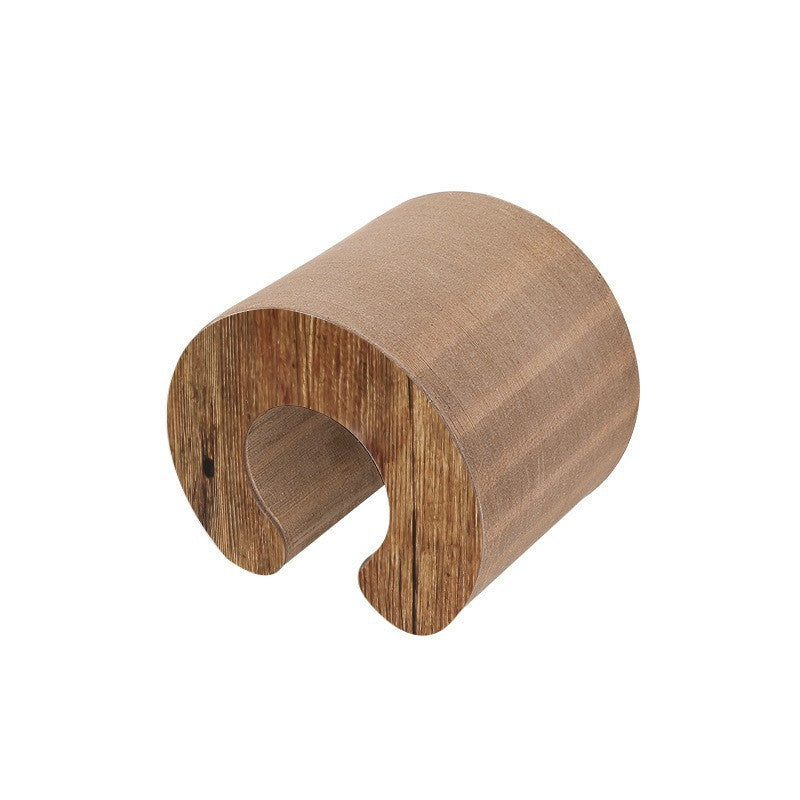Just like humans, cats can develop allergies to certain foods. These sensitivities can cause significant discomfort, persistent itching, and various digestive issues, substantially impacting your cat's quality of life and overall wellbeing.
What might start as occasional scratching or mild stomach upset can escalate into chronic conditions that affect your feline's daily activities, sleep patterns, and general happiness.
Identifying and addressing food allergies is crucial for your cat's long-term health and comfort. Early intervention can prevent secondary complications such as skin infections from excessive scratching, malnutrition from digestive issues, or behavioural problems stemming from chronic discomfort. Let's explore the common signs, underlying causes, and effective solutions so you can ensure your furry friend enjoys a balanced diet without adverse reactions whilst maintaining optimal health.
Why Food Allergies Happen
Food allergies occur when your cat's immune system mistakenly identifies harmless proteins in their diet as dangerous invaders and launches an inflammatory response. This overreaction can develop gradually over time, often after repeated exposure to the same protein sources. Interestingly, cats typically develop allergies to proteins they've been eating regularly rather than new ingredients, which is why a food that's been perfectly fine for years might suddenly become problematic.
According to Animal Medicines Australia and veterinary research, the most common feline food allergens include:
- Chicken - The most frequent culprit, found in many commercial cat foods
- Beef - Another prevalent protein source that commonly triggers reactions
- Dairy products - Despite popular belief, many cats are lactose intolerant and can develop allergies
- Wheat and other grains - Though less common than protein allergies in cats
- Fish - Particularly salmon and tuna, which are ironically popular flavours
- Eggs - Often used as a binding agent in processed foods
- Soy - Commonly used as a protein supplement in cheaper cat foods
It's worth noting that food allergies differ from food intolerances. Allergies involve the immune system and can cause widespread symptoms, whilst intolerances typically result in localised digestive upset without immune system involvement.
Recognising the Signs of Food Allergies
Identifying food allergies in cats requires careful observation, as symptoms can be subtle initially and may develop over weeks or months. Many pet owners initially mistake these signs for other conditions, which can delay proper treatment. Look out for these symptoms:
Skin and Coat Issues
- Persistent itching - Particularly around the face, neck, and ears
- Redness and inflammation - Often visible on the belly, inner thighs, or between toes
- Rashes or hives - Small bumps or raised areas on the skin
- Hair loss - From excessive scratching or overgrooming
- Hot spots - Moist, irritated patches of skin
- Dull or patchy coat - Loss of natural shine and texture
Digestive Problems
- Chronic diarrhoea - Loose stools that persist despite dietary changes
- Frequent vomiting - Especially after meals
- Constipation - Difficulty or infrequent bowel movements
- Excessive gas - More flatulence than usual
- Changes in appetite - Either increased hunger or reluctance to eat
- Weight loss - Despite adequate food intake
Respiratory and Other Symptoms
- Sneezing fits - Particularly after eating
- Wheezing or laboured breathing - Though less common than other symptoms
- Runny nose or watery eyes - Similar to hay fever in humans
- Ear infections - Recurring issues with ear wax, odour, or inflammation
Behavioural Changes
- Increased anxiety - Restlessness or hiding behaviour
- Lethargy - Reduced energy and playfulness
- Irritability - Unusual aggression or sensitivity to touch
- Changes in sleeping patterns - Difficulty settling due to discomfort
How to Diagnose Food Allergies
Proper diagnosis is essential for effective treatment and requires patience and systematic approach. Working with your veterinarian ensures accurate identification of allergens whilst maintaining your cat's nutritional needs.
1. Elimination Diet Protocol
This gold standard approach involves removing suspected allergens and monitoring for improvement over 8-12 weeks. The process requires:
- Complete dietary restriction - Feeding only novel proteins your cat has never eaten (such as venison, duck, or kangaroo)
- Strict compliance - No treats, flavoured medications, or access to other food sources
- Detailed record keeping - Daily logs of symptoms, behaviour, and any improvements
- Gradual reintroduction - Adding one previous food ingredient at a time to identify specific triggers
- Professional guidance - Veterinary supervision to ensure nutritional adequacy
2. Blood Tests and Laboratory Analysis
Modern veterinary medicine offers several diagnostic tools:
- Serum antibody tests - Check for specific IgE antibodies related to common allergens
- Intradermal skin testing - Similar to human allergy testing, though less commonly used in cats
- Component-resolved diagnostics - Advanced testing that identifies specific protein components causing reactions
3. Comprehensive Veterinary Consultation
Your veterinarian will conduct a thorough examination including:
- Complete medical history - Details about diet, symptoms, and timeline
- Physical examination - Checking skin, coat, ears, and overall condition
- Ruling out other conditions - Parasites, infections, or environmental allergies
- Nutritional assessment - Ensuring current diet meets all requirements
Managing Food Allergies Effectively
Successful management requires a multifaceted approach that addresses both immediate symptoms and long-term dietary needs.
1. Hypoallergenic and Prescription Diets
Veterinary-prescribed diets offer controlled nutrition with novel protein sources:
- Novel protein diets - Featuring proteins like rabbit, kangaroo, or crocodile that most cats haven't encountered
- Hydrolysed protein formulas - Proteins broken down into smaller molecules that don't trigger immune responses
- Limited ingredient diets - Minimal components to reduce allergen exposure
- Therapeutic formulations - Specially designed to support skin health and immune function
2. Homemade Meal Preparation
Under veterinary guidance, home-cooked meals can provide complete control over ingredients:
- Balanced recipes - Ensuring all nutritional requirements are met
- Safe preparation methods - Proper cooking and storage techniques
- Supplementation - Adding necessary vitamins and minerals
- Portion control - Maintaining appropriate caloric intake
3. Label Reading and Product Selection
Becoming proficient at reading pet food labels helps avoid problematic ingredients:
- Ingredient lists - Understanding that components are listed by weight
- Hidden allergens - Recognising alternative names for common allergens
- Cross-contamination warnings - Checking for "may contain" statements
- Certification standards - Choosing products from reputable manufacturers
4. Ongoing Monitoring and Adjustment
Long-term success requires consistent vigilance:
- Regular health assessments - Monthly checks for symptom recurrence
- Weight monitoring - Ensuring nutritional adequacy of restricted diets
- Behavioural observations - Noting changes in energy, mood, and appetite
- Periodic veterinary reviews - Professional evaluation of management strategies
Prevention and Long-Term Care
Whilst you cannot completely prevent food allergies from developing, certain strategies can reduce risk and improve outcomes:
- Dietary variety in kittenhood - Exposing young cats to diverse protein sources may reduce allergy development
- Quality nutrition - Feeding high-quality diets supports overall immune system health
- Gradual food transitions - Slowly introducing new foods rather than abrupt changes
- Regular veterinary care - Early detection and intervention improve treatment success
By addressing food allergies early and comprehensively, you can significantly improve your cat's comfort and overall health. The key lies in working closely with your veterinary team, maintaining patience during the diagnostic process, and committing to long-term dietary management.
Prioritising a balanced, allergen-free diet will help ensure your feline companion enjoys a happy, healthy, and comfortable life.
Frequently Asked Questions
Q: How do I know if my cat has a food allergy rather than another condition?
A: Food allergies often present with a combination of skin and digestive symptoms that don't respond to standard treatments. Unlike environmental allergies, food allergies typically cause year-round symptoms regardless of season. The most reliable way to distinguish food allergies is through an elimination diet under veterinary supervision, which can definitively identify dietary triggers.
Q: Can food allergies develop later in life, even in senior cats?
A: Absolutely. Cats can develop food allergies at any age, including senior years. In fact, allergies often develop after prolonged exposure to the same protein sources. A cat that's eaten chicken-based food for years might suddenly develop an allergy to chicken. Age-related changes in immune system function can also make older cats more susceptible to developing new sensitivities.
Q: Are grain-free diets automatically better for cats with allergies?
A: Not necessarily. Whilst grain-free diets have become popular, true grain allergies are relatively rare in cats compared to protein allergies. Many cats with suspected grain allergies actually react to the protein sources in their food rather than grains. Focus should be on identifying the specific allergen through proper testing rather than assuming grains are the culprit.
Q: Can I feed my cat human food if they have allergies?
A: Only under strict veterinary supervision. Many human foods are toxic to cats (chocolate, onions, garlic, grapes), and others may not provide complete nutrition. If your vet recommends specific human foods as part of an elimination diet, follow their guidance precisely. Never substitute human food for a complete cat diet without professional oversight.
Q: What should I do if my cat refuses to eat the prescribed hypoallergenic food?
A: Try different textures (wet vs. dry), temperatures (slightly warming wet food), or approved flavour variations within the same protein source. Mix small amounts of the new food with familiar food initially, gradually increasing the proportion. If refusal persists beyond 2-3 days, consult your vet immediately, as cats can develop serious liver problems if they don't eat.
Q: How long does it take to see improvement once allergens are removed?
A: Improvement typically begins within 2-4 weeks, but complete resolution can take 8-12 weeks. Skin symptoms often take longer to resolve than digestive issues. Some cats show dramatic improvement quickly, whilst others need the full elimination period. Patience and consistency are crucial for accurate diagnosis and successful treatment.
Q: Are food allergies hereditary in cats?
A: There appears to be a genetic component to allergy development, meaning some cats may be predisposed to developing allergies. However, environmental factors, diet history, and individual immune system responses all play significant roles. If you're getting a kitten from parents with known allergies, discuss preventive strategies with your veterinarian.









